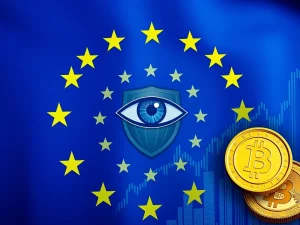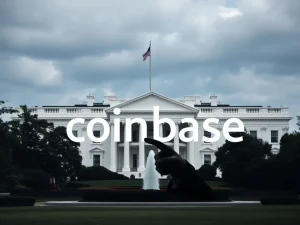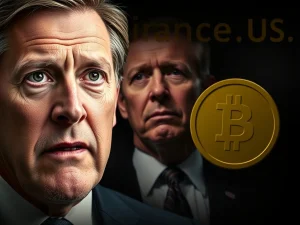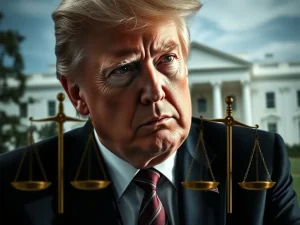US Treasury Unveils Landmark Digital Payments Initiative: Venmo & PayPal Join the Fight Against National Debt
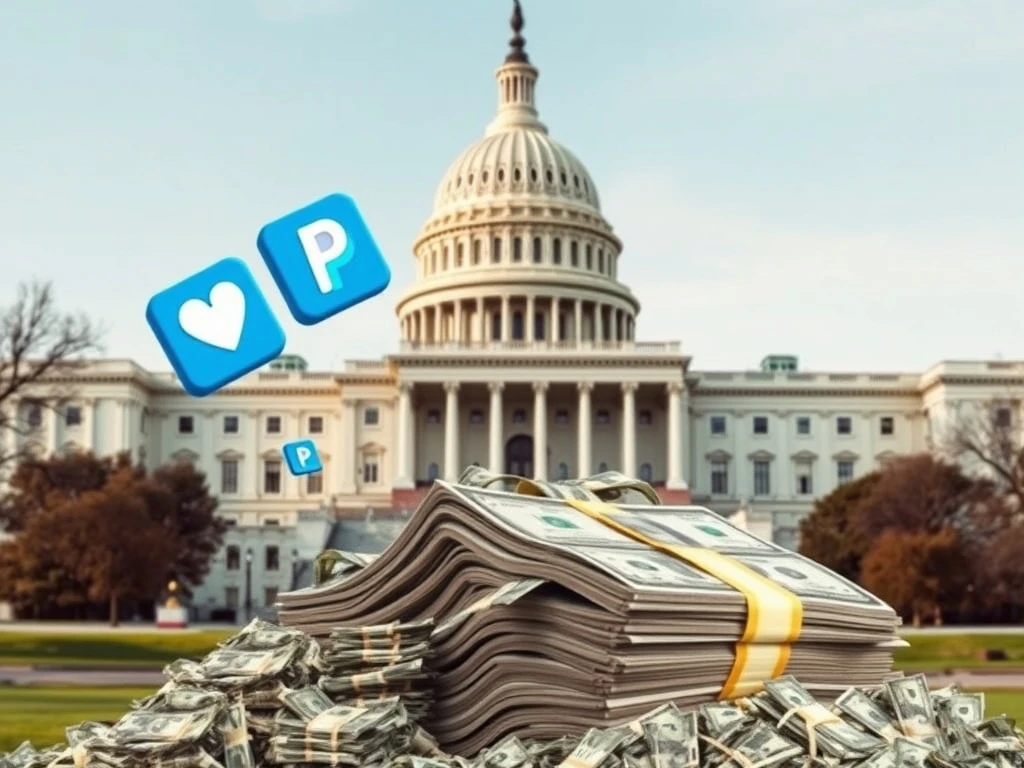
In a significant stride towards modernizing public finance, the US Treasury has announced a groundbreaking expansion of its ‘Gifts to Reduce the Public Debt’ program. For the first time, Americans can now contribute to lowering the nation’s colossal $36.7 trillion debt burden using popular digital payment platforms like Venmo and PayPal. While this move marks a pivotal moment in the adoption of consumer-friendly fintech within government operations, it also raises questions about its true impact on the staggering national debt. For those keenly observing the evolution of digital transactions and government interaction, this development, while notably *not* involving cryptocurrencies, showcases a clear shift towards accommodating modern payment preferences.
US Treasury Payments: A New Era of Public Engagement?
The U.S. Treasury’s ‘Gifts to Reduce the Public Debt’ program, established in 1933, has long allowed patriotic citizens to make voluntary contributions towards alleviating the national debt. Historically, these donations were limited to traditional methods such as checks, credit cards, or ACH transfers. However, the recent integration of Venmo and PayPal into the Treasury’s Pay.gov portal signals a clear intent to broaden participation and embrace the evolving landscape of digital payments. Announced in late July 2025, this initiative aims to make contributing as simple as a few clicks, leveraging the extensive user bases of these platforms—Venmo alone boasts over 80 million active users.
Understanding the National Debt Reduction Program
While the enthusiasm for digital integration is palpable, it’s essential to contextualize the ‘Gifts to Reduce the Public Debt’ program within the broader fiscal reality. Since 1996, voluntary contributions to the national debt have totaled approximately $67.3 million. While a commendable sum, this figure is dwarfed by the current $36.7 trillion debt. Analysts widely concur that the program’s impact remains largely symbolic rather than structurally significant. A Treasury spokesperson highlighted the initiative as a ‘tangible way to help reduce the debt,’ yet the underlying fiscal challenges require far more comprehensive solutions than individual donations, no matter how numerous.
Venmo & PayPal Donations: The Digital Leap
The decision to include Venmo PayPal donations represents a significant acknowledgment by the federal government of changing consumer behavior. This shift is not just about adding new payment options; it’s about lowering barriers to entry for a younger, more tech-savvy demographic. Here’s a quick comparison of the payment landscape:
| Feature | Previous Payment Methods | New Digital Options (Venmo/PayPal) |
|---|---|---|
| Accessibility | Limited to traditional banking/card users | Broadened to digital wallet users |
| Ease of Use | Manual entry, potentially cumbersome | Streamlined, few clicks, instant |
| Target Audience | General public, less focus on digital natives | Expands to younger, tech-savvy demographics |
| Processing Time | Varies (checks can be slow) | Often near-instantaneous |
By streamlining the donation process, the Treasury hopes to encourage greater public engagement. However, the voluntary nature of these contributions means their overall fiscal significance remains limited. As one analyst noted, ‘Even large donations will have minimal effect without structural reforms,’ emphasizing that this initiative cannot replace policy-driven solutions to the debt crisis.
Beyond Digital Government Payments: The Larger Fiscal Picture
While the integration of Venmo and PayPal is a progressive step for digital government payments, critics argue it distracts from the fundamental issues contributing to the national debt. A fiscal policy advocate pointed out that addressing a $36.7 trillion debt ‘requires political will, not just a new app,’ underscoring the critical need for comprehensive reforms in spending and taxation policies. This initiative, while innovative in its payment modernization, does not tackle the root causes of the deficit.
It’s also noteworthy that despite the broader embrace of fintech innovations, this program remains entirely fiat-based. There is no indication of the U.S. government integrating cryptocurrencies into this public finance initiative, a trend that aligns with its historical caution regarding digital assets in official financial operations. This highlights a clear distinction between the adoption of established digital payment platforms and the more nascent, volatile world of crypto.
The Path Forward for Public Debt Program Participation
The rollout of Venmo and PayPal as accepted payment methods has been confirmed across various platforms, with step-by-step guidance now available on the Treasury’s official portal. The long-term success of this initiative hinges on public awareness and willingness to engage. While the government’s adoption of these digital tools reflects global trends in fintech integration, the sheer scale of the national debt ensures that even widespread participation will yield only incremental effects.
Ultimately, the expansion of the public debt program through Venmo and PayPal is a symbolic gesture, a modern olive branch extended to citizens wanting to contribute. It’s a positive step for digital convenience and public engagement but serves as a reminder that the colossal challenge of the national debt requires profound legislative and economic reforms, far beyond the scope of voluntary individual contributions.
Frequently Asked Questions (FAQs)
1. What is the “Gifts to Reduce the Public Debt” program?
The “Gifts to Reduce the Public Debt” program is a U.S. Treasury initiative, established in 1933, that allows individuals to make voluntary monetary contributions to help reduce the nation’s public debt.
2. How can I donate to the national debt using Venmo or PayPal?
You can donate through the U.S. Treasury’s official Pay.gov portal. After selecting the “Gifts to Reduce the Public Debt” option, you will now find Venmo and PayPal listed as accepted payment methods, alongside traditional options like credit cards and ACH transfers.
3. Will these donations significantly reduce the national debt?
While every contribution is appreciated, the impact of voluntary donations on the current $36.7 trillion national debt is largely symbolic. Since 1996, total contributions have amounted to approximately $67.3 million, a figure dwarfed by the scale of the deficit. Significant debt reduction requires comprehensive policy reforms.
4. Why is the US Treasury integrating digital payment platforms like Venmo and PayPal?
The U.S. Treasury is integrating these platforms to modernize its payment systems, accommodate evolving consumer preferences for digital transactions, and broaden participation in the debt reduction program by making it easier for tech-savvy individuals and younger demographics to contribute.
5. Does this program involve cryptocurrency donations?
No, the “Gifts to Reduce the Public Debt” program, even with its expanded digital payment options, remains entirely fiat-based. It does not currently involve or accept cryptocurrency donations, aligning with the government’s historical reluctance to integrate digital assets into public finance.
6. What are the historical contributions to the public debt program?
Since 1996, the total amount of voluntary contributions received through the “Gifts to Reduce the Public Debt” program has been approximately $67.3 million.

